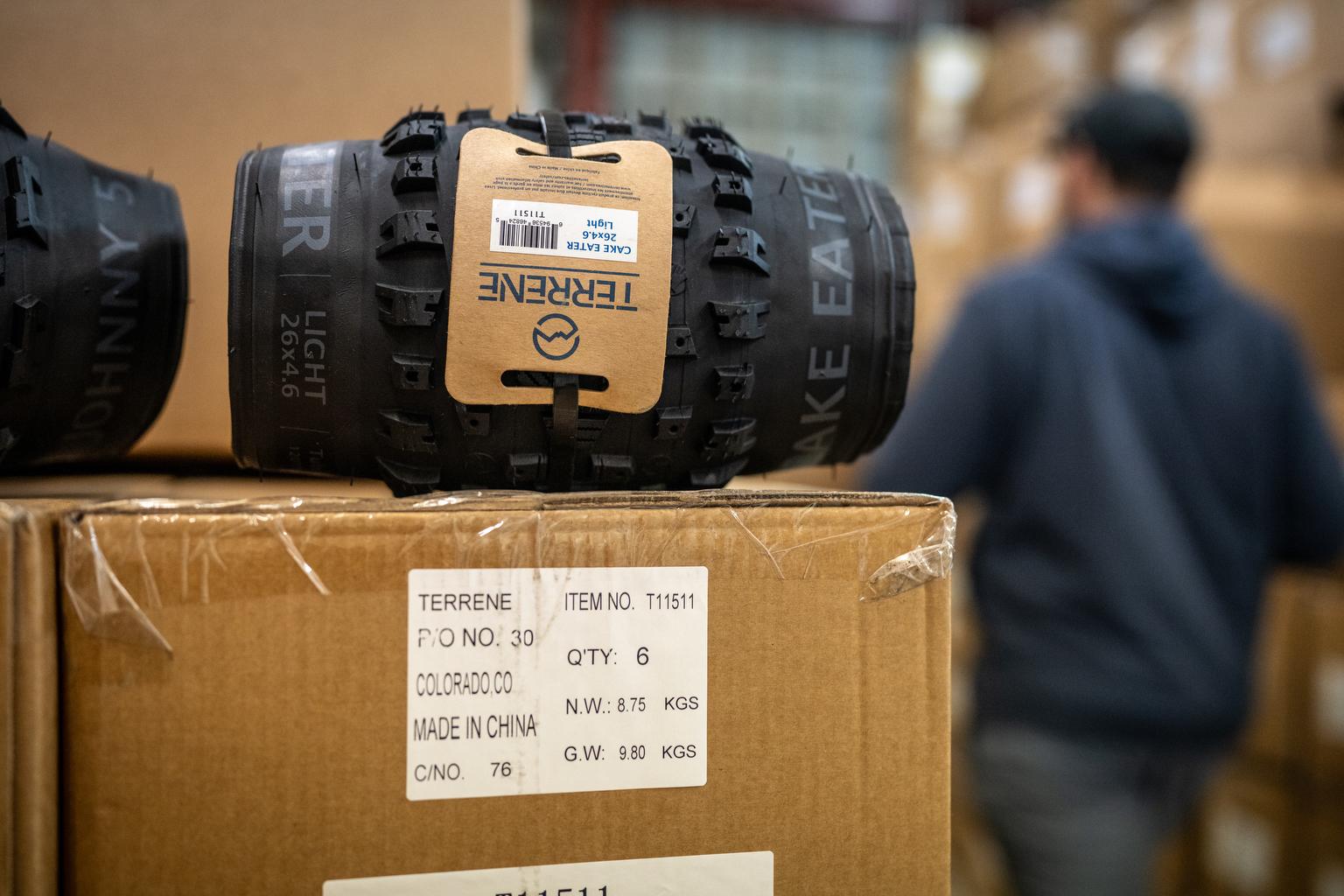
This week on Looking Up we wrap up our month long series on the moon and the 50th anniversary of the Apollo missions.
If I asked you to guess where you can take a walk and know that your footprints will last a million years or more, what would you guess?
If you guessed the surface of the moon, you’d be right. The moon is the only place in the universe, other than the Earth, where humans have walked. Because there is no wind or rain on the Moon, any footprints left by the Apollo astronauts will last for millions of years!
Because we are so used to the Moon in the sky we tend to take it for granted. But the Moon is actually a remarkable place, and it is fun to explore by telescope.
While there are four other moons in our solar system that our larger than Earth’s moon (Ganymede, Titan, Callisto, Io) our moon is still pretty big, at about 1/4th the size of the Earth. And it is relatively close, so its gravity affects us every day, as tides rise and fall.
And in spite of what you might have heard, there is no “dark side” to the moon. It is true that only one side of the moon faces the Earth, because it rotates on its axis at about the same rate as it orbits the Earth. So while it keeps the same side toward us, when we have a “new moon” it means that the Sun is illuminating what we think of as the far side of the moon. When we have a full moon, the Sun is lighting up only the side facing us.
If you could put a speedometer on the Earth’s rotation here in Southern Colorado, you would see that we are spinning at a speed of about 700 miles per hour. At the equator, it is closer to 1000 miles per hour. The Earth is about 24,000 miles around, so a spin rate of 1000 miles per hour equals a day of about 24 hours long.
The moon, however, is rotating at a speed of only ten miles per hour! Therefore a day on the moon lasts as long as 28 Earth days it takes the moon to rotate around the Earth. And, if you want to lose weight, get to the moon! If you weighed 150 pounds on Earth, you’d only weigh 25 pounds on the Moon!
If you’d like to take a closer look at the moon, or any of the other wonderful and amazing things in the sky, please visit csastro.org for a link to information on our monthly meetings and our free public star parties.









